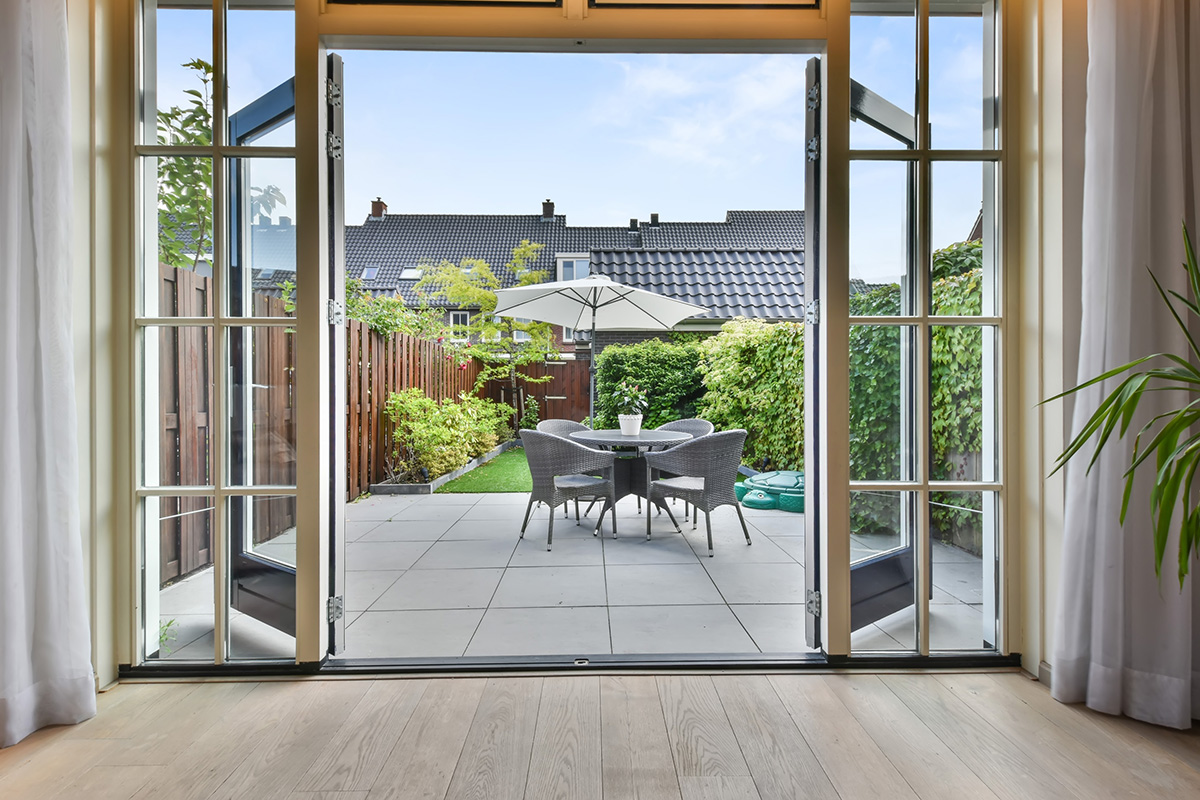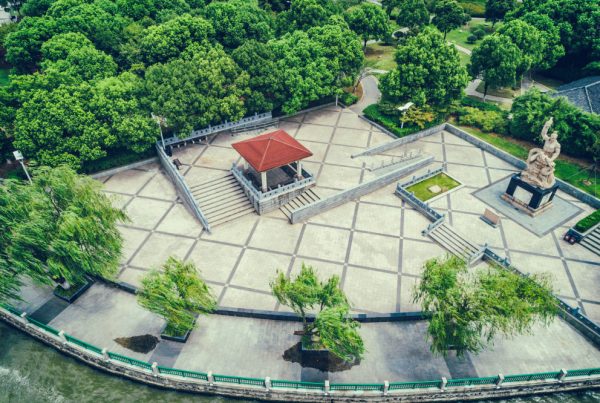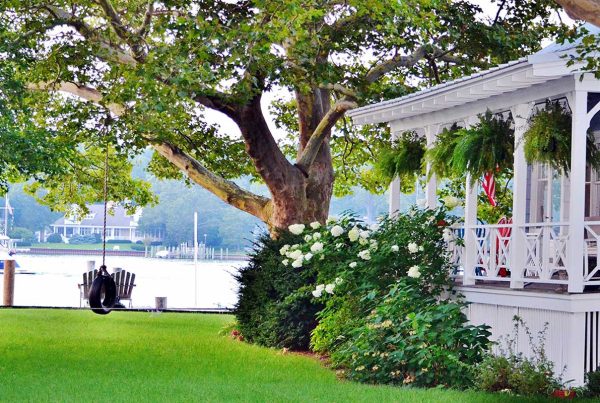Lebanese landscape design stands as a testament to the art of harmonizing nature and urban living. In a country where bustling cities seamlessly merge with breathtaking natural landscapes, designers have embraced the challenge of creating outdoor spaces that offer respite from the urban environment while celebrating the beauty of Lebanon’s natural surroundings. This article explores the fusion of nature and urbanity in Lebanese landscape design, showcasing how designers strike a delicate balance between these two realms to create outdoor environments that enhance the quality of urban life.
Blending Urbanity with Natural Beauty:
Lebanese landscape designers skillfully merge urban elements with the inherent beauty of nature, transforming public spaces, private gardens, and rooftops into captivating sanctuaries. They artfully integrate natural features such as trees, shrubs, and water elements into urban settings, softening the harshness of concrete and creating pockets of tranquility. From rooftop gardens that offer panoramic views of the cityscape to green corridors that connect neighborhoods, Lebanese landscapes bridge the gap between urbanity and nature, providing inhabitants with a connection to the natural world within their urban surroundings.
Urban Oasis: Green Spaces in the City:
In a fast-paced urban environment, green spaces play a crucial role in enhancing the quality of life for residents. Ghena Zreik landscape designers have recognized the importance of creating urban oases that provide a reprieve from the hustle and bustle of city life. Parks, plazas, and gardens are meticulously designed to offer spaces for relaxation, recreation, and community engagement. These green spaces become essential gathering places, inviting people to connect with nature, engage in physical activities, and foster a sense of community in the heart of the city.
Sustainable Urban Design:
Ghena Zreik landscape design embraces sustainability as a core principle, integrating environmentally conscious practices into urban landscapes. Designers prioritize water conservation through innovative irrigation systems and the use of native and adaptive plant species that require minimal water. Rainwater harvesting, green roofs, and vertical gardens are employed to maximize the use of limited space and mitigate the urban heat island effect. By implementing sustainable strategies, Lebanese landscapes contribute to energy efficiency, biodiversity preservation, and the overall resilience of urban ecosystems.
Cultural Expression in Urban Spaces:
Lebanon’s rich cultural heritage finds expression in urban landscape design, adding depth and character to outdoor environments. Designers draw inspiration from traditional architecture, decorative motifs, and local craftsmanship to infuse urban spaces with a sense of cultural identity. Whether it’s incorporating traditional materials like stone and wood or utilizing mosaic patterns and sculptural elements, Lebanese landscapes celebrate the country’s heritage and create a dialogue between the past and the present.
Connecting Communities:
Lebanese landscape design goes beyond aesthetics and sustainability; it fosters connections between people and their surroundings. Urban landscapes are carefully designed to promote social interactions and community engagement. Well-designed pedestrian paths, seating areas, and gathering spaces encourage people to come together, fostering a sense of belonging and cohesion. These outdoor environments become catalysts for community events, cultural activities, and shared experiences, enriching the social fabric of urban life.
Lebanese landscape design represents a harmonious fusion of nature and urban living. By blending natural beauty with urban elements, designers create outdoor spaces that offer a retreat from the city while enhancing the urban experience. The integration of sustainability, cultural expression, and community connectivity ensures that Lebanese landscapes not only provide aesthetic pleasure but also contribute to the well-being and quality of life for residents. Through their innovative approaches, Lebanese landscape designers continue to redefine the relationship between nature and urbanity, creating environments that inspire, rejuvenate, and unite.






